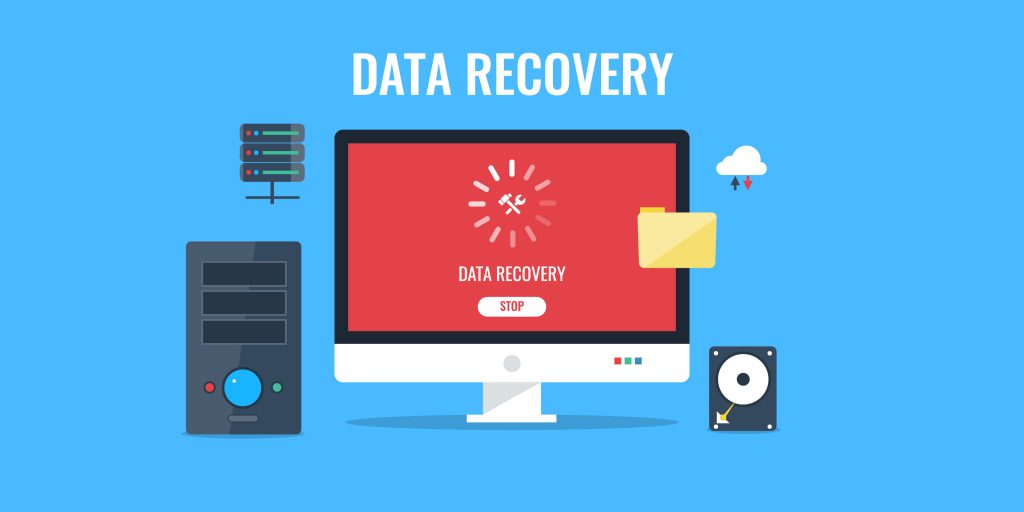Veeam was one of the first providers to create VM-specific veeam backup software. Before Veeam, backup programmes couldn’t tell the difference between safeguarding physical and virtual machines. Veeam Backup & Replication software is compatible with a wide range of backup targets and may be used with VMware vSphere and Microsoft Hyper-V. The product operates on the virtualization layer and is agentless. According to the vendor, the software has a recovery time aim of less than 15 minutes for all applications and leverages built-in WAN acceleration to replicate data off-site up to 50 times faster than a raw data transfer.Backups are image-based and may be made from snapshots on Dell EMC, Hewlett Packard Enterprise, NetApp, and Nimble Storage arrays.

Why Veeam Backup & Replication?
Veeam Backup & Replication is a proprietary backup and disaster recovery software for virtual environments developed by Veeam. It is based on the hypervisors VMware vSphere and Microsoft Hyper-V. The software allows you to backup, restore, and replicate virtual machines. Software-defined storage technology is supported by Veeam Backup & Replication. It enables the creation of a scalable backup repository from a collection of disparate storage devices. Veeam Backup & Replication can perform image-based VM replication in addition to backup. It creates an onsite or offsite “clone” of a production VM and keeps it ready to use. Each VM replica has a number of failover points that can be configured. The advantages of DRaaS over traditional DR are obvious: lower CapEx from upfront investments and continuing costs, on-demand assistance from targeted providers and specialists, geographic separation to ensure primary data centres are not close to backup locations, and easily expandable resources. These advantages are simply obtained by utilising the Veeam DRaaS service. EOHU used Veeam DRaaS to veeam backup up 10 TB of data across 25 virtual machines (VMs) on-premises, with duplicates replicated to a private cloud. As a result, within two hours of a ransomware attack, EOHU can recover data and restore vital activities. Furthermore, the strategy improved catastrophe readiness while lowering backup expenditures by 35%.

